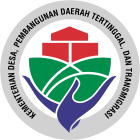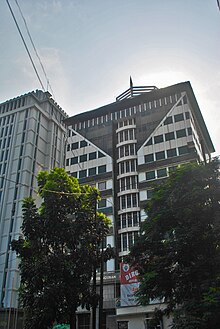
The transmigration program was an initiative of the Dutch colonial government and later continued by the Indonesian government to move landless people from densely populated areas of Indonesia to less populous areas of the country. This involved moving people permanently from the island of Java, but also to a lesser extent from Bali and Madura to less densely populated areas including Kalimantan, Sumatra, Sulawesi, Maluku and Papua. The program is currently coordinated by Ministry of Villages, Development of Disadvantaged Regions, and Transmigration.

The Ministry of Foreign Affairs of the Republic of Indonesia or commonly known by its abbreviation Kemlu, is an Indonesian government ministry responsible for the country's foreign politics and diplomacy. The ministry was formerly known as the Department of Foreign Affairs until 2008 when the nomenclature changed with the enactment of the 2008 State Ministry Act.
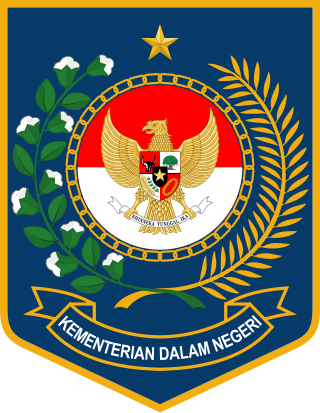
The Ministry of Home Affairs is an interior ministry of the government of Indonesia responsible for matters of the state. The ministry was formerly known as the Department of Home Affairs until 2010 when the nomenclature of the Department of Home Affairs was changed to the Ministry of Home Affairs in accordance with the Regulation of the Minister of Home Affairs Number 3 of 2010 on the Nomenclature of the Ministry of Home Affairs.

The Ministry of Health is a government ministry which organize public health affairs within the Indonesian government.

The Ministry of Trade is a ministry of the Government of Indonesia that directs the formulation of policies related to the development of trade in Indonesia.
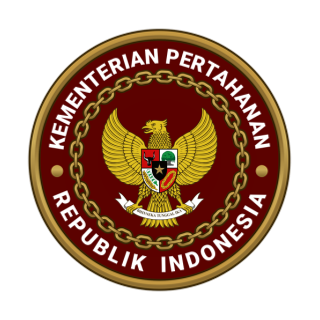
The Ministry of Defense is an Indonesian government ministry responsible for the defense of Indonesia. The ministry was formerly known as the Department of Defense until 2009 when the nomenclature changed based on Act Number 39 of 2008 on State Ministries, the name of the Department of Defense was changed to the Ministry of Defense of the Republic of Indonesia. The currently-appointed minister is Prabowo Subianto, replacing Ryamizard Ryacudu on 23 October 2019.
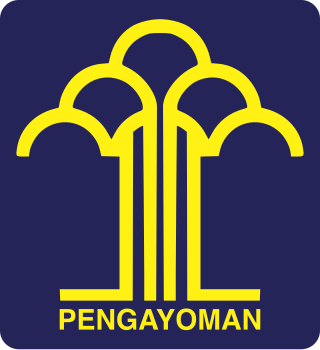
The Ministry of Law and Human Rights is an Indonesian ministry that administers laws and human rights. It is responsible to the president, and is led by the Minister of Law and Human Rights, Yasonna Laoly, since 27 October 2014. The first minister was Soepomo.

The Ministry of Communications and Informatics is an Indonesian government ministry that is responsible for communications, information affairs and internet censorship. The ministry reports to the president and is currently led by Budi Arie Setiadi, the Minister of Communications and Informatics.
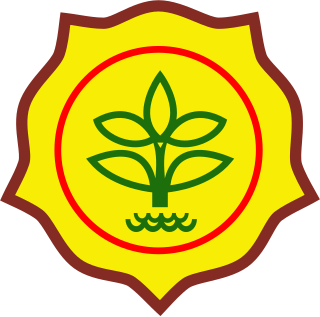
The Ministry of Agriculture is a government ministry which oversees the development of agriculture in Indonesia. It is headed by a Minister of Agriculture, who is directly responsible to President.

The Coordinating Ministry for Economic Affairs is an Indonesian government ministry in charge of planning and policy co-ordination, as well as synchronisation of policies in the field of economics. The ministry is led by a Coordinating Minister for Economics Affairs, which is currently Airlangga Hartarto since 23 October 2019.

The Ministry of State Secretariat is a government ministry responsible for providing technical, administrative, and analytical support to the President and Vice President in the exercise of their state powers. The current minister of state secretariat is Pratikno, who previously served as Rector of Gadjah Mada University in Yogyakarta.

The Ministry of Energy and Mineral Resources of the Republic of Indonesia is an Indonesian ministry responsible for providing assistance to the President and Vice President in performing government's affairs in the field of energy and mineral resources. The current minister is Arifin Tasrif.

Ministry of Industry is an Indonesian ministry. The ministry is under, and is responsible to, the President of Indonesia.

The Ministry of National Development Planning/National Development Planning Agency is a ministry of the Republic of Indonesia that has the task to oversee government affairs in the field of national development planning to assist the President in organizing state government. The minister is responsible to the President. The Ministry of National Development Planning uses organizational units and resources within the National Development Planning Agency.

The Ministry of Manpower of the Republic of Indonesia is a government ministry responsible for the workers and labour laws of Indonesia. The minister is currently Ida Fauziyah since 23 October 2019.

The Ministry of Public Works and Housing, is an Indonesian government ministry that is responsible for public works and public housing.

Ministry of Social Affairs of the Republic of Indonesia is a ministry that has the task of organizing and overseeing domestic affairs in Indonesia to assist the president in implementing state governance in the social sector. The Ministry of Social Affairs is led by a Social Minister who since 23 December 2020 has been held by Tri Rismaharini.

The Ministry of Education, Culture, Research, and Technology is a government ministry of the Indonesian government responsible for education, cultural, research, and technology affairs. Its formation resulted from the merger of the Ministry of Education and Culture and the Ministry of Research and Technology in April 2021.

A village-owned enterprise, often shortened to BUMDes or BUM Desa, is a type of company that is managed and established by an Indonesian village. These companies span a wide array of industries, from agriculture and mining to tourism and retail. BUMDes are a relatively recent development in Indonesia, first appearing in the aftermath of fall of Suharto and the rapid decentralization that followed. As of 2022, according to data from the Ministry of Villages, Development of Disadvantaged Regions, and Transmigration, there are total of 74,691 registered BUMDes. However, due to bureaucratic difficulties, only around 10 percent (7,902) are certified as legal entities as of 2022.
